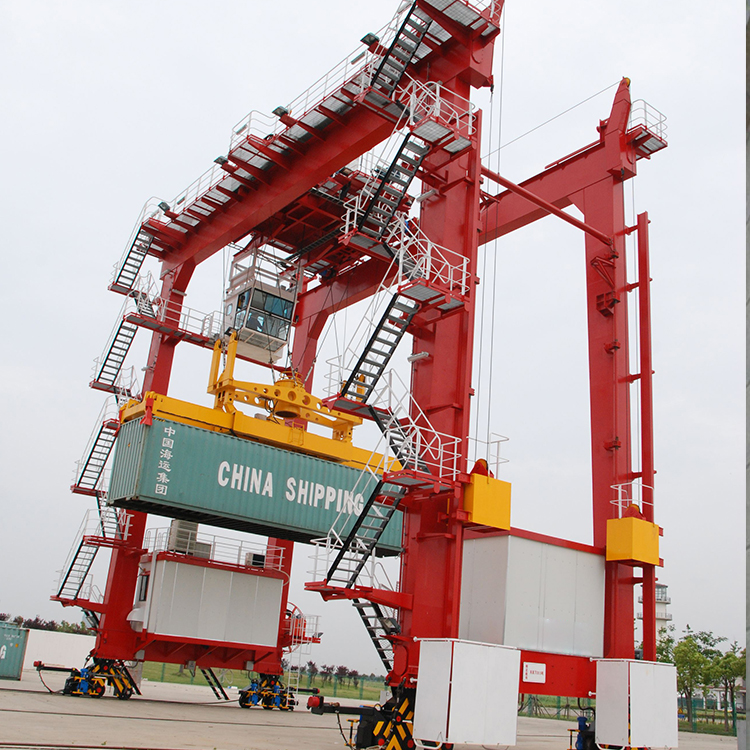In the world of material handling and logistics, cranes play a vital role in the safe transportation of cargo. There are two types of cranes commonly used in ports and container terminals: rubber-tired gantry cranes (RTGs) and rail-mounted gantry cranes (RMGs). Although both serve similar purposes, each has different features and uses.
RTGs are designed to run on rubber tires, which allow them to move freely around the yard. This movement allows the RTG crane to transport containers to different locations without being confined to a rigid track. This is especially good in environments where space is limited, as it can avoid obstacles and can be replaced when needed. RTG cranes are often used in intermodal terminals and smaller ports where flexibility and adaptability are important.
On the other hand, an RMG is mounted on rails and operates on a fixed track. The design provides greater flexibility and clarity in material handling. RMG cranes are typically used for large containerized items that require multiple operations. The shape of the rail allows the container to be lifted and moved over long distances, making it ideal for storage and warehousing.
Another important difference is speed and power. RMGs typically have a larger lifting capacity and can operate at higher speeds than RTGs. This makes RMG cranes ideal for large jobs where space is at a premium.
In summary, RTGs and RMGs are both important in container handling, but their differences in functionality, design, and performance capabilities make them suitable for different environments and requirements. Understanding the differences can help mobile crane operators choose the right crane for their needs, increasing productivity and efficiency of their container handling equipment.

Post time: Apr-10-2025







